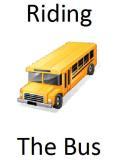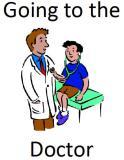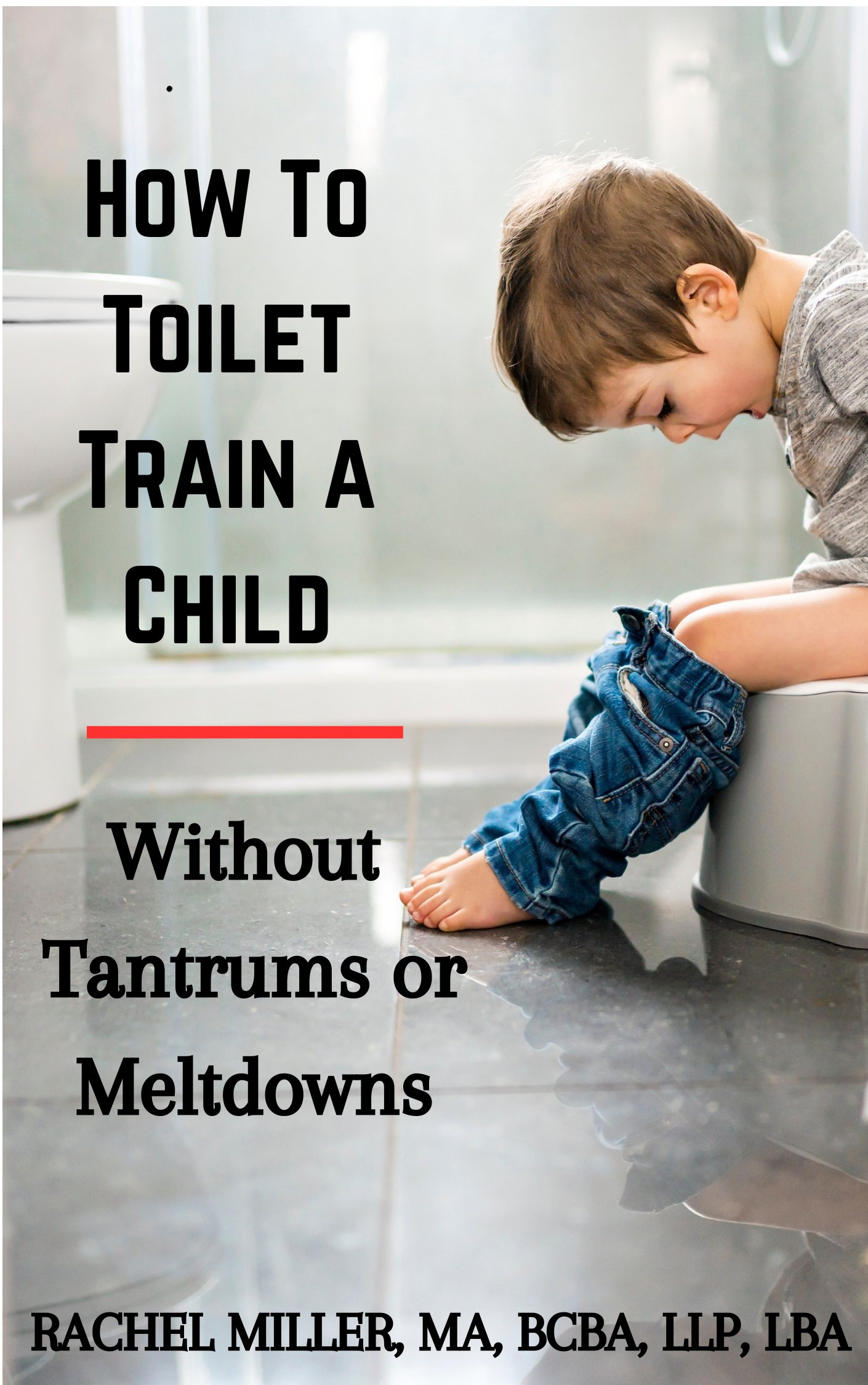Free Social Stories for Children with Autism and Social Communication Needs
Are you looking for effective tools, like free social stories, to help children with autism or pervasive developmental disorders (PDD) reduce anxiety and better understand the world around them? Carol Gray social stories are a powerful, evidence-based method designed to support children in navigating new experiences, mastering important life skills, and managing unfamiliar or overwhelming situations. Originally developed for individuals with autism spectrum disorder (ASD), these are now widely used for children and adolescents with social communication challenges, sensory processing difficulties, or even typically developing kids who need extra support in learning routines and behaviors.
What are Social Stories?
Social stories are short, descriptive narratives that break down specific situations, behaviors, or expectations into easy-to-understand steps. These stories use simple language, engaging visuals, and a clear structure to help children understand what to expect in a given scenario and how to respond appropriately. Whether used in the form of a book, a video, or an interactive digital app, social stories are highly versatile and adaptable to each child’s individual needs.
Watch Free Social Stories on Brave Kid Adventures YouTube Channel
In addition to downloadable social stories, you can now watch engaging, high-quality social stories on my Brave Kid Adventures YouTube channel OR Get your own free personalized animated social story for your preschool child!! This growing resource offers free videos designed for all children ages 2-6 years old including those with autism or other developmental challenges. Each video walks viewers through real-life scenarios using child-friendly language, calm narration, and visuals to support learning. Here are some examples of the videos you will find...
Going to the Dentist
Potty Training
One child, I used to work with, adamantly refused when her mother tried potty training bowel movements. Her mother created a social story with pictures of her about coming home from school, eating dinner, playing with toys, sitting on the toilet and having a bowel movement (stating how good it feels to go on the toilet), taking a bath and then getting ready for bed.
This was her typical routine each day, but usually the bowel movement was completed in a diaper that she requested to wear each day when she needed to go. She would read this to her daughter every day. Her mother also would say things such as “Poop, goes in the potty.” while putting all bowel movements in the toilet from the diaper as well.
Using only these three interventions, within about 1-2 months, her daughter one day just went and sat on the toilet and had a bowel movement. She then began going on the toilet regularly, which makes using social stories great for potty training resistance.
Her mother had previously tried reinforcement plans, constant asking, pleading, and mild reprimanding for going in her diaper, without even so much as an attempt on the toilet. She even promised to let her pick out her favorite Barbie (a huge reinforcer). So, although this may be time consuming to create, the benefits are definitely worth it.
Going to the Doctor
This one helps children understand what to expect when going to the doctor. It follows a young child as they prepare for their visit, explaining each step in a calm and reassuring way—from checking in at the front desk to being called by the nurse and meeting the doctor. The story describes common experiences like getting their height and weight measured, listening to their heartbeat, and possibly getting a shot. It emphasizes that doctors help keep us healthy and that any discomfort is brief and manageable. With simple language and friendly illustrations, the story aims to reduce fear and build confidence for future doctor visits. You can also download a pdf version of one for going to the doctor at the bottom of this page.
Going to the Eye Doctor and Wearing Glasses
Social Story for Haircut
Social stories also work well within Applied Behavior Analysis (ABA) therapy programs, particularly for desensitization. Desensitization is the process of gradually exposing a child to anxiety-provoking stimuli (like hair clippers or nail trimmers) in a safe, controlled way, while reinforcing calm behavior.
Sometimes, it's not possible to recreate a real-life situation in a controlled setting. That’s when a social story can bridge the gap. Showing pictures of hair clippers or scissors and reading a story about getting a haircut allows the child to become familiar with the concept before the actual event. If the child remains calm while viewing the story and images, this moment can be positively reinforced, helping them gradually reduce fear and anxiety related to that situation.
Social stories are an excellent complement to traditional desensitization strategies and can be used both at home and in therapy sessions.
Separation Anxiety
This social story addresses separation anxiety by following a young child who feels nervous and sad when it's time to say goodbye to their parent. The story gently explains that it's normal to miss loved ones but reassures the child that their parent will always come back. Through simple language and comforting images, the story shows the child engaging in fun activities with friends and teachers, learning that they are safe and cared for even when apart. By practicing daily routines and coping strategies like deep breathing or holding a special object, the child begins to feel more confident and secure during separations. This can be used for a child starting therapy or going to daycare/preschool.
Creating Personalized Social Stories with Pictures
While the free printable and downloadable social stories offered here are a great place to start, creating your own custom social stories using real-life photos of your child and their environment can be even more effective. Children often relate more strongly to visual content that includes familiar people, places, and routines.
For example, taking photos of your child's actual classroom, bus stop, grocery store, or bathroom can help them feel more connected to the story. You can assemble the pictures into a simple book using your phone or computer, or even use free apps that allow you to add captions and turn them into interactive stories. Some helpful tools and apps include:
- Model Me Kids® App – Offers pre-made stories as well as tools for customization
- Pictello – Allows you to create talking photo albums and social stories
- Book Creator – Easy-to-use platform for building stories with text, audio, and visuals
- Chat GPT - Simple ask it to write a social story about whatever you want and how many words you want it to be and it will write one for you for FREE!
Even a basic photo album on your phone can work well—just scroll through the pictures and narrate the story aloud. This approach can feel more dynamic, especially if you adjust the narration slightly each time to maintain engagement and keep the story feeling fresh and playful.
The Power of Personalization
When the child becomes the main character in the story, the message becomes more relatable and powerful. This customization not only helps increase attention and engagement but also promotes generalization—meaning the skills learned in the story are more likely to be used in real-life situations.
If you're looking for a more structured approach, consider reading The New Social Story Book by Carol Gray, the creator of social stories. This comprehensive resource includes over 150 ready-to-use stories and guidance on how to create your own.
Final Thoughts
Social stories are one of the most versatile and accessible tools for helping children with autism, PDD, or social communication challenges. Whether you choose to create your own using real-life photos or use free downloadable versions and online videos like those from Brave Kid Adventures, the key is consistency. With patience and creativity, you can use social stories to support your child’s growth in communication, emotional regulation, and independence.
Start exploring our free social stories library or visit the Brave Kid Adventures YouTube channel to begin this rewarding journey today!
You will need adobe reader to download. A link to download this is available below.
You will need Adobe Reader (the latest version is recommended) installed on your computer in order to open the free social stories. You can get Adobe Reader here (a new window will open so you can download it without leaving this page, but you will need to temporarily disable any pop up blockers to open the new window). Fill out the form in order to receive all of the following free social stories.
 |
 |
 |
 |
If you haven't already, be sure to check out my ebooks, now on Amazon!

